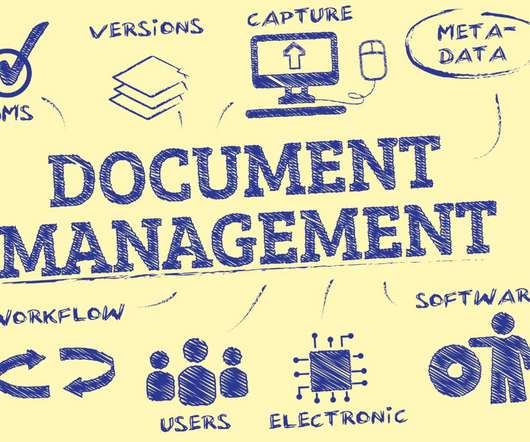Employee personnel files — what should and shouldn’t be included
BMT Office Administration
NOVEMBER 21, 2022
Knowing what to keep and the location of each document is vital to easy retrieval and to maintaining compliance with government and industry regulations. While some variance may occur between companies, certain papers commonly belong in these files and some definitely do not. Medical leave of absence requests. Doctor’s notes.











Let's personalize your content